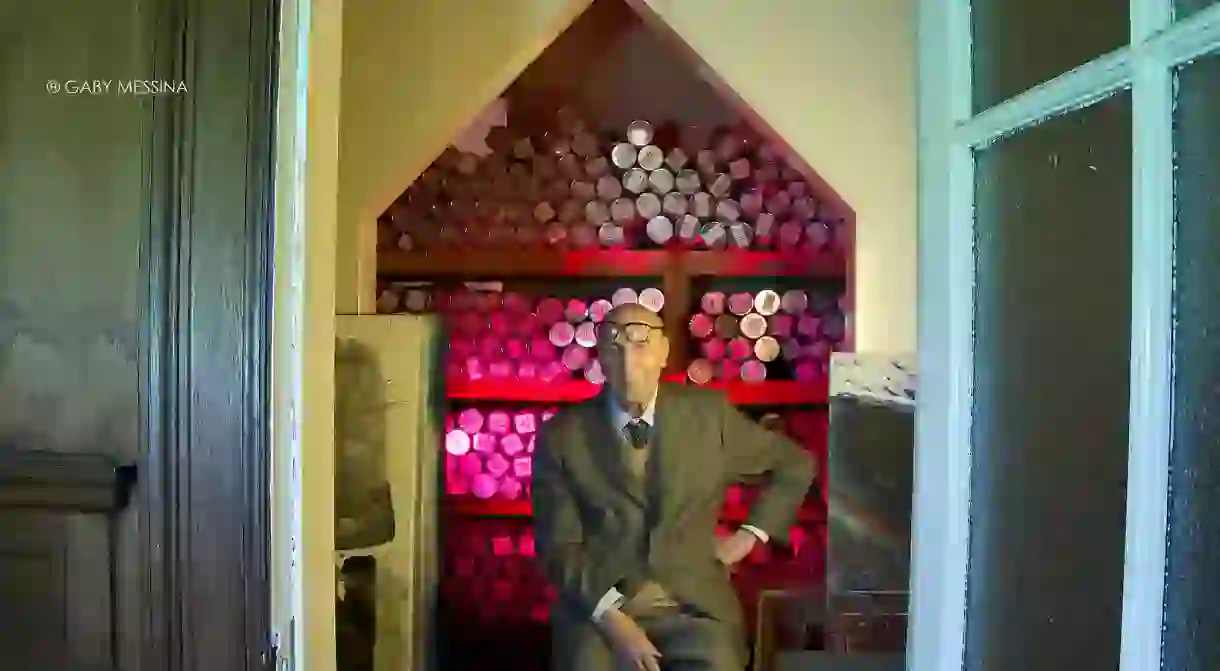Everything You Need to Know About Clorindo Testa

Clorindo Testa is one of Argentina’s most famous architects. Such is his influence over the country’s architecture in the 20th and 21st centuries that he is sometimes considered to be Argentina’s version of Frank Lloyd Wright, Le Corbusier and Alison and Peter Smithson all rolled into one, . His presence is particularly felt in the capital, Buenos Aires, where his works have become synonymous with national identity over the course of the past seven decades.
Despite his status as one of the most important architects in Argentina, Testa was actually born near Naples, Italy, in 1923. He came to Argentina as a child and went on to study architecture at the university of Buenos Aires, graduating in 1948. As well as being an architect, Testa was a talented artist, and had his first exhibition in 1952. This would explain the heavily sculptural nature of his work, which has a rhythm and a motion that is lacking in the work of many other Argentine architects of the era.

He was granted a scholarship to travel and study in Europe, where he stayed for three years, from 1949 to 1951. After this he returned to Buenos Aires and was involved in the construction of his first project, the Cámara Argentina de la Construcción in the city’s downtown area. Inspired by the works of Le Corbusier that Testa had seen in Europe, the work employs elements similar to those found in his Unité d’habitation in Marseilles, France. Of the influence of Le Corbusier on his work from that period, Testa said, “At that time, there were three important architects with three defined styles: Le Corbusier, Frank Lloyd Wright and Ludwig Mies van der Rohe. Van der Rohe used iron structures and Wright used the landscape, that is to say that he constructed buildings that echoed the landscape. And I liked Le Corbusier.”

This led to Testa becoming one of the pioneers of the rationalist style in Argentina, but his work is better known for its brutalist nature, the use of concrete and the monolithic character of his structures. Two of his most famous buildings, and some of the most noteworthy brutalist edifices in the world, are the Biblioteca Nacional (National Library) and the Banco Hipotecario, Ex-Banco de Londres, both of which are easily recognisable by their imposing and homogenous nature. The former, in a wealthy residential neighbourhood of the capital, features a rectangular box that hovers above the ground supported on circulation cores on top of a ramped plinth. The latter is in the financial district and takes up a prominent corner in direct contrast to the neoclassical buildings that surround it, a bold move by the building’s author.

Although many of his buildings were civic in nature, Testa also undertook residential and cultural projects, notably the Centro Cultural Recoleta and the Konex. He completed the university building at the renowned Di Tella college before his death in 2013, aged 89, making him certainly the most prolific architect in Argentina over his long and full life.













